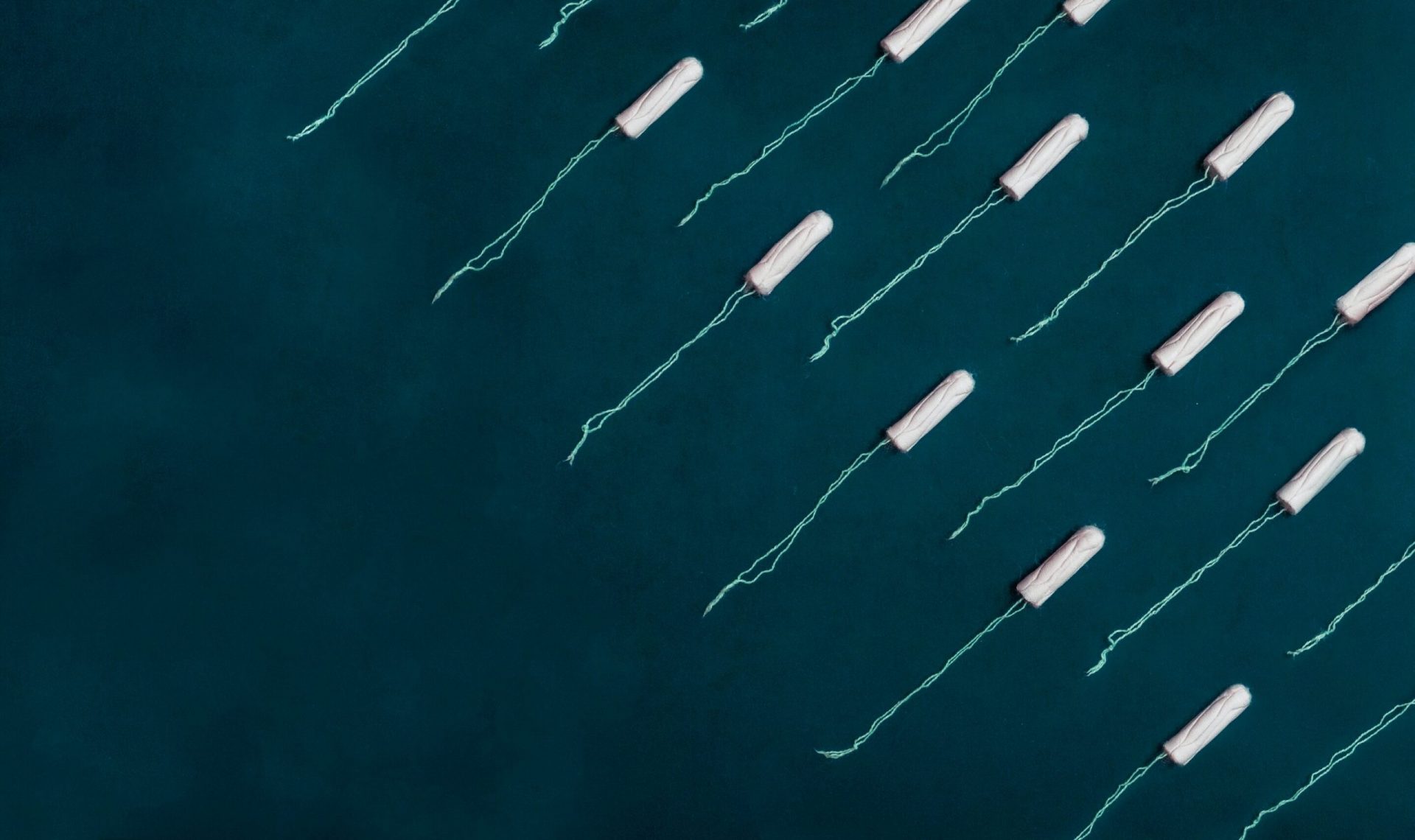When it comes to period products, there are plenty of options to choose from – liners, pads, tampons, cups, and even underwear. These products are designed to provide comfort during a menstrual bleed. However, one thing that’s often missing from their labels is a list of ingredients. This means that consumers have no idea what they’re actually putting in or on their bodies.
But now, researchers have taken matters into their own hands. They’ve analyzed over 100 period products to see if they contain fluorinated compounds, which are indicators of potentially harmful substances known as PFAS. The results are in, and it turns out that while some products are free of PFAS, others may have accidentally or intentionally added them.
The researchers recently presented their findings at the fall meeting of the American Chemical Society (ACS). According to Graham Peaslee, Ph.D., the principal investigator of the project, the concern goes beyond just the wearers of these products. PFAS are known as “forever chemicals” because they don’t break down easily in the environment or our bodies. When these products are thrown away, they end up in landfills and eventually release PFAS into groundwater. This means that we, or future generations, could unknowingly ingest these harmful substances.
PFAS are a group of compounds that have properties like stick-resistance, stain-resistance, and water-resistance. These properties make them desirable for certain products. However, their persistence and bioaccumulative nature make them a cause for concern. Exposure to PFAS has been linked to negative health outcomes, including certain cancers and immune suppression.
Currently, there are limited regulations regarding the inclusion of PFAS in textiles or period products in the U.S. and Europe. This lack of regulation has raised concerns among consumers, which is why Peaslee’s research team at the University of Notre Dame decided to test these products for PFAS.
While it’s still unclear how much PFAS can pass through the skin from different materials, previous studies have found these compounds in firefighting gear, school uniforms, and even period underwear. Other researchers have also detected PFAS in tampons and pads.
Alyssa Wicks, a graduate student in Peaslee’s lab, wanted to expand the analysis to include a wider variety of period products that haven’t been extensively tested. This includes the packaging for single-use tampons and pads, as well as reusable options like menstrual cups.
Wicks explains that their first step was a quick and simple screening to determine if the products contained organic fluorine, which serves as a surrogate for PFAS. By analyzing small portions of each item using particle-induced gamma-ray emission spectroscopy, they were able to identify potential PFAS presence.
Some products, like pads and period underwear, had multiple layers that were sampled separately. The team also measured total fluorine in the wrappers of single-use products. So far, Wicks has analyzed 123 period products sold in the U.S., with 30 of them being different types of underwear. She plans to extend the analysis to similar products sold in Europe.
The results suggest that while some period products may contain PFAS, not all of them do. Tampons, menstrual cups, and the layers of pads that come in contact with the skin seem to be free of fluorine. However, the researchers were surprised to find high concentrations of total fluorine in the wrappers of numerous pads, some tampons, and the outer layers of certain period underwear. This led them to hypothesize that PFAS might be used to keep moisture out of the wrappers and prevent blood from escaping the inner layers of the underwear.
This initial work has allowed the researchers to identify which period products are likely to contain PFAS. Next, they plan to analyze the samples that showed measurable amounts of fluorine for 40 individual PFAS compounds.
In the meantime, the team finds it interesting that some products tested in the study were completely free of fluorine. This suggests that PFAS may not be essential for the production of feminine products, as there are plenty of options available that don’t rely on these compounds.








